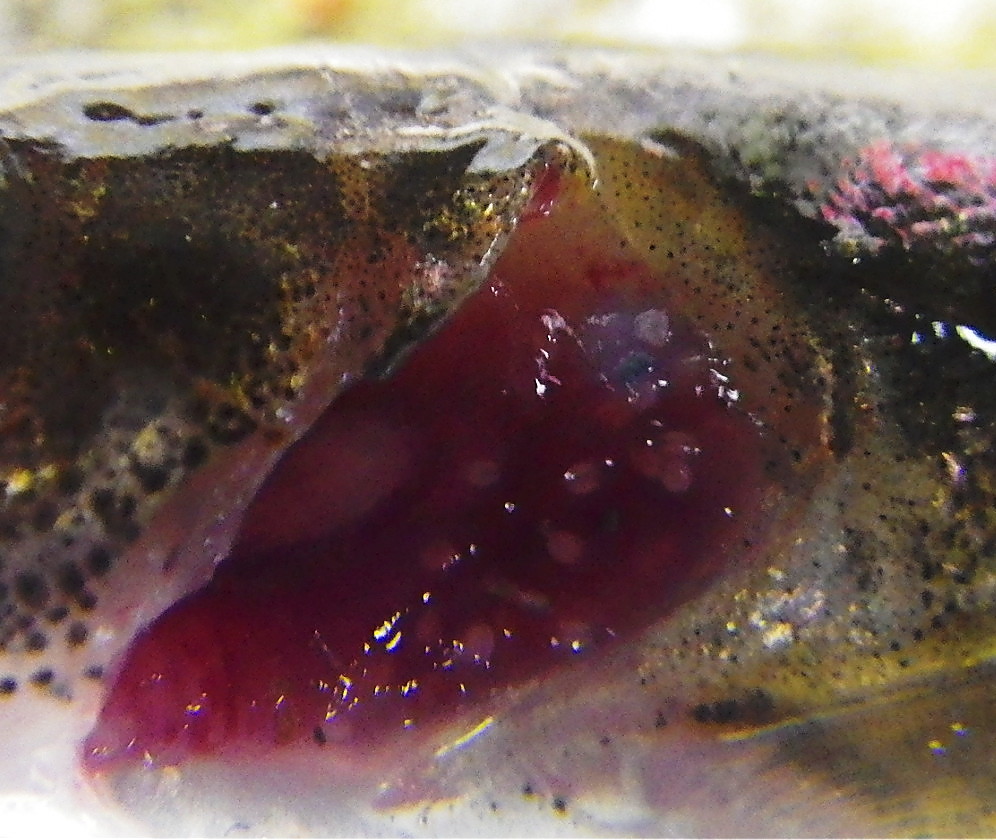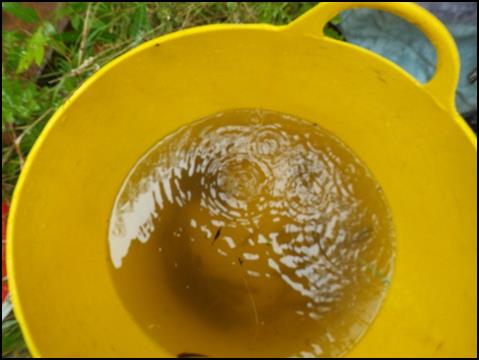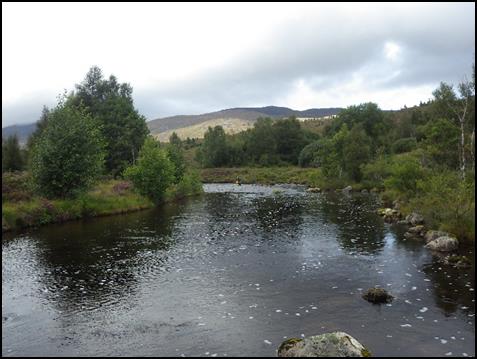Introduction
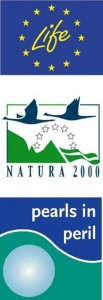 ‘Pearls in Peril’ is a LIFE + NATURE project co-funded by 22 organisations across Scotland, England and Wales. This exciting new nationwide project will act to safeguard important populations of freshwater pearl mussel (Margaritifera margaritifera).
‘Pearls in Peril’ is a LIFE + NATURE project co-funded by 22 organisations across Scotland, England and Wales. This exciting new nationwide project will act to safeguard important populations of freshwater pearl mussel (Margaritifera margaritifera).
The project spans four years from 2012 to 2016. In that time, a wide range of conservation measures will be implemented in key river systems. The measures will aim to:
- RESTORE the habitat of freshwater pearl mussel and salmonids (salmon and trout);
- SECURE the long term survival of existing freshwater pearl mussel populations; and
- COMMUNICATE with local, national and international audiences to raise awareness of freshwater pearl mussel conservation issues.
Best practice
Best practice methods will be used to secure freshwater pearl mussel populations and some of these actions include:
- Restore and improve riparian habitat by planting native trees and fencing riverbanks;
- Pearls In The Classroom – an education programme to raise awareness of the freshwater pearl mussel amongst children;
- Reduce diffuse pollution by ditch blocking, creating buffer strips and wetlands;
- Employ a riverwatch scheme to reduce the risk from wildlife crime;
- Encyst juvenile salmon with local pearl mussel larvae;
- Monitor water quality, habitat restoration, pearl mussel populations and host salmonids; and
- Raise awareness of freshwater pearl mussels and the project.
Locations
A total of 21 rivers across Britain are involved, all of which are NATURA 2000 sites and are designated as Special Areas of Conservation (SACs):
- In Scotland, these are the Rivers Dee, South Esk, Spey, Evelix, Naver, Borgie, Oykel, Fionaven, Abhainn Clais an Eas, Allt a’Mhuilinn, Ardvar & Loch a’Mhuilinn Woodlands, Inverpolly, Moidart, Kerry, Glen Beasdale, Ardnamurchan Burns, Rannoch Moor, North Harris, Moriston and Mingarry Burn on Mull; and
- In England, the project will involve the River Ehen in Cumbria and in Wales, the Afon Eden in Snowdonia. Further information can be found at www.pearlsinperil.org.uk
Ness and Beauly Fisheries Trust are involved in a number of project actions relating to the River Moriston in the Ness catchment. These include ‘Pearls in the Classroom’ ( see our ‘Education’ page) and ‘Glochidial Encystment and Monitoring’.
Glochidial Encystment and Monitoring
Introduction
Freshwater pearl mussels reproduce by releasing millions of microscopic young (glochidia) into the river in late summer. These glochidia attach (or ‘encyst’) to the gills of young salmon or trout (without causing them any problems) and remain there throughout the winter. They drop off the following spring at the size of a ‘pin head’ and settle in the river bed were they grow to adulthood.
Glochida (white dots) attached to the gills of a salmon parr captured in the River Moriston
As pearl mussels do not reach maturity until at least 12 years old (and can live to be over 100 year old) the age-structure of a population is vitally important. The presence of juveniles (a feature essential to the long-term sustainability of mussel populations) is a clear indicator a healthy habitat required for the survival and reproduction of the species.
Baseline Encystment Surveys
The aim of this part of the project was to monitor the natural encystment by freshwater pearl mussel glochidia on Atlantic salmon and brown trout juveniles in the River Moriston and to investigate which species of fish are used as hosts.
The methodology required a sample of fish to be caught using electro-fishing at various sites along the river. The fish were anaesthetised and their lengths recorded. The gills were checked for the presence of glochidia using a hand held microscope, with the numbers present being recorded. A total of 42 salmon and 5 trout, together with numerous minnows were caught. On this occasion no trout were found to be encysted, however the sample size was small.
Glochidial Development Monitoring
Samples of 10 to 20 mussels were inspected at four locations on the River Moriston in between June and August 2014. The mussels were carefully examined in order to detect the presence of glochidia and to ascertain the reproductive condition. Two methods were employed;
- A visual inspection; and
- Glochidia sample observed under a field microscope
The reproductive condition was ascertained using the descriptions in the table below;
| Condition | Description |
| Pre Gravid | Gills translucent, drab brown, with faint patches or streaks of pale brown/yellow (glochidia) |
| Gravid | Gills translucent, drab brown, but completely or partly full of pale brown/cream/yellow/golden coloured glochidia |
| Empty | Gills translucent, drab brown or grey-brown only |
| Spent | Gills shiny, dark green or green-brown gloss ( very distinct from normal colouration) |
A syringe was gently inserted into the glochidial sac and a small amount of glochidia drawn off. These were then observed under a field microscope.
Glochidia from Moriston Mussels Under the Microscope
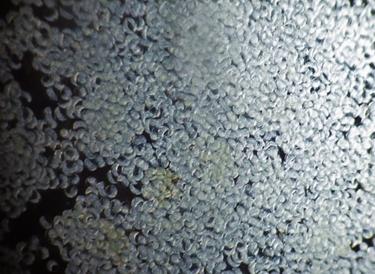 Five stages of development have been identified and are listed in the table below:
Five stages of development have been identified and are listed in the table below:
| Stage | Description |
| 1 | The egg appears as an amorphous mass of cells within the membrane |
| 2 | First constrictions visible, ie. The line where the two glochidial valves are going to split |
| 3 | Glochidium appears fully formed within membrane |
| 4 | Glochidial snapping visible within membrane |
| 5 | Glochidium is free from membrane and moves around snapping freely |
Artificial Encystment
As a result of the glochidial development monitoring, the probable ‘spat’ (or release date) was identified. Groups of ten mussels were then placed in buckets containing river water. Within 5 minutes mussels started to release glochidia into the buckets. After spatting all mussels were returned to their original location within the river, with the water containing the glochidial suspension being retained.
A total of 40 mussels were used in this process. The glochidia and water were then mixed and split between three containers, one for each of three electro-fishing sites. At each site juvenile salmonids were captured. The fish were then placed in a large container holding the glochidial suspension.
Fish in holding container with Glochidia
All fish were held for ten minutes within the suspension where they inhale the glochidia. All fish were then returned to the river along with the remaining glochidia/water (it was hoped that the glochidia would attach to any other fish within the vicinity). A total of 150 fish were encysted of which, 38 were salmon and 112 were trout.
Releasing the encysted fish



